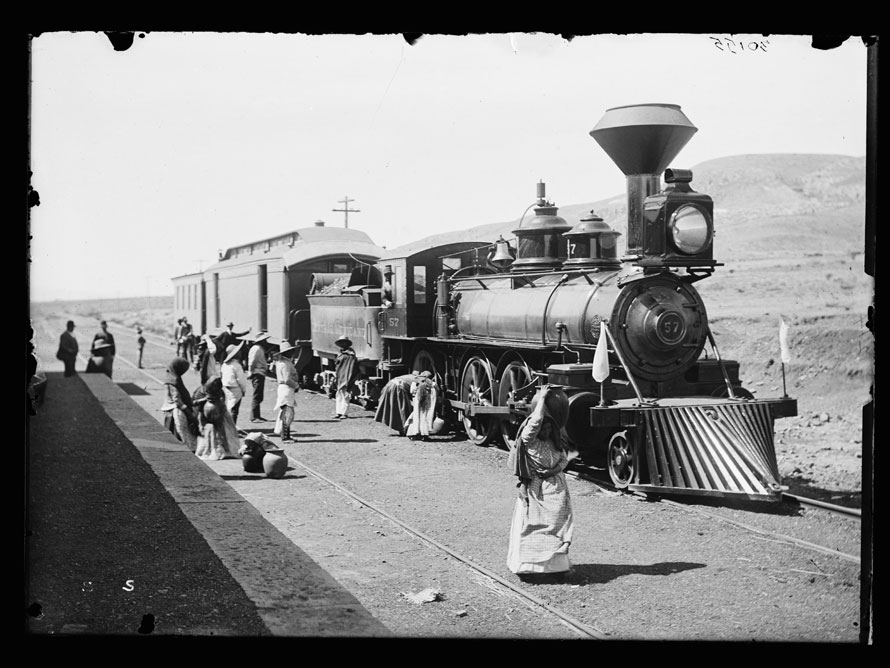Legacies

It is often said that knowledge and art advance as we stand on the shoulders of the great men and women who have gone before. Their legacy is a gift that lights our way forward.
Legacies are built on legacies, and in a new series of videos, we will meet some of the photographers who influence and inspire. Some of these photographers are well known, perhaps even legendary, but others are more personal, a father or mentor who helped us see the possibilities, and how to realize them.
The first video in our Legacies series features the work of William Henry Jackson (1843-1942,) who was born just a few years after the birth of photography. He was an accomplished artist who turned to photography after working as a retoucher in a photographic studio. He soon learned the intricacies of the collodian wet plate process.
After serving briefly in the Union army in 1862, the nineteen-year-old Jackson headed west for adventure as a bullwhacker and horse wrangler. In 1869, he was commissioned by the Union Pacific Railroad to photograph the scenery along the railroad for promotional purposes. In 1870, he was invited to join a U.S. Geological Survey expedition to the Yellowstone region as photographer. He was the first to photograph there, and his work was influential in the establishment of Yellowstone as the first National Park.
Jackson photographed railroads extensively during the 1890s. He was commissioned by the Baltimore & Ohio, the New York Central and the Mexican Central and also traveled the world as a member of the World’s Transportation Commission.
Edd Fuller, Editor
Exciting! Looking forward to it.